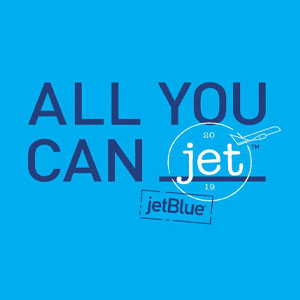Carneval
The History of USVI Carnival Floats
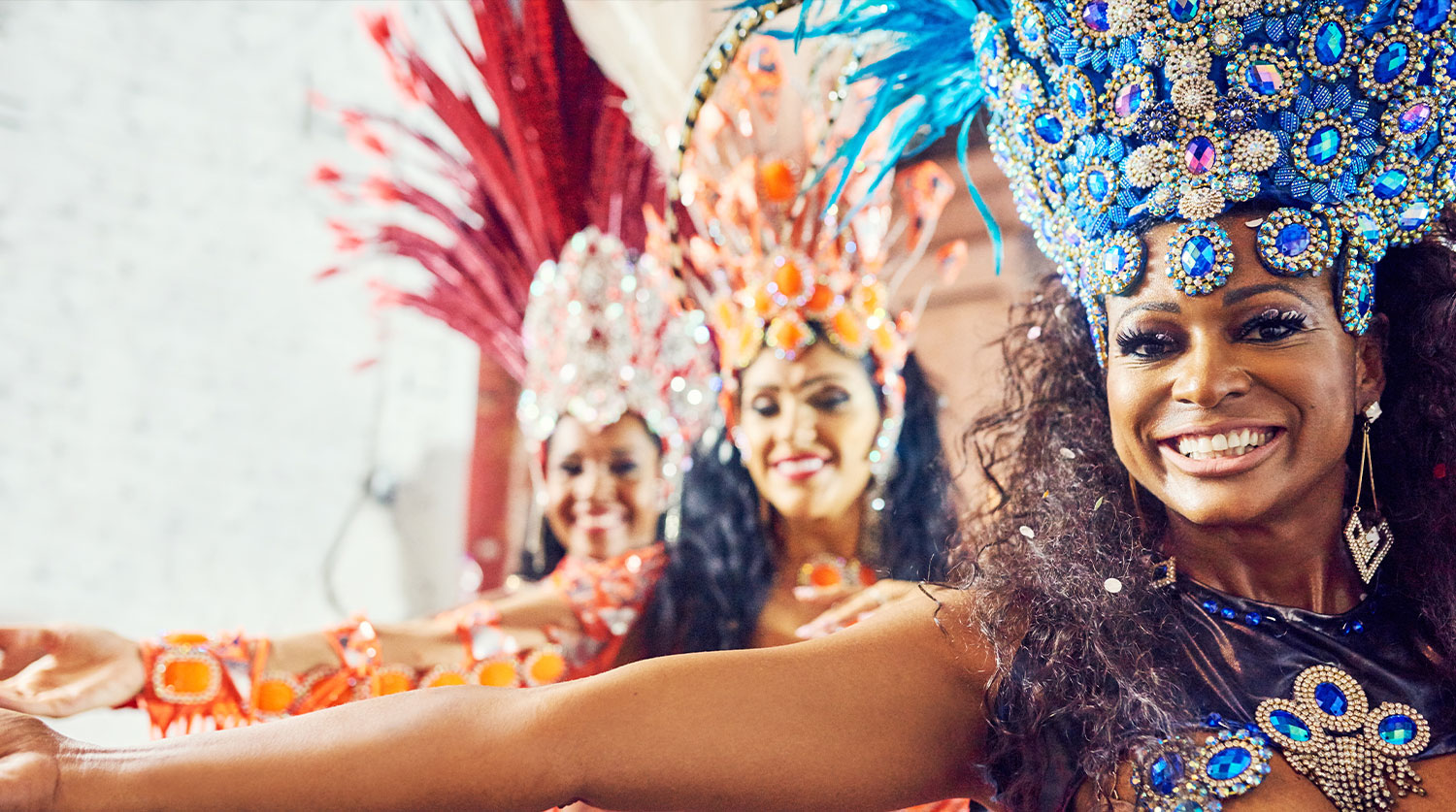
The vibrant tradition of Carnival in the U.S. Virgin Islands is a cultural cornerstone, drawing thousands of participants and spectators each year. Among the many highlights of these annual celebrations, the Carnival floats stand out as iconic symbols of the islands’ unique heritage, creativity, and communal spirit. This article explores the history of these floats, tracing their evolution and the role they play in this cherished festival.
Origins of Carnival in the U.S. Virgin Islands
Carnival in the U.S. Virgin Islands, particularly in St. Thomas and St. Croix, is a blend of African, European, and Caribbean cultural elements. The roots of this festival date back to the early 18th century, when enslaved Africans brought their own traditions and blended them with European customs imposed by colonial powers. Over time, these early festivities evolved into the vibrant, community-centered Carnival we see today, with floats becoming a central feature.
The Evolution of Carnival Floats
Initially, Carnival celebrations were more modest, with costumes and street performances serving as the primary forms of expression. However, as the festivities grew in popularity and scale, so did the need for more elaborate displays. By the mid-20th century, floats began to emerge as a key component of the parades, offering a platform for various groups and organizations to showcase their creativity and cultural pride.
Early Carnival floats were relatively simple, often constructed on flatbed trucks and decorated with colorful fabrics, flowers, and local materials. As the tradition developed, the designs became more sophisticated, incorporating complex themes, intricate details, and even mechanized elements. These floats often reflect the rich cultural tapestry of the U.S. Virgin Islands, with themes ranging from historical events and folklore to contemporary social issues and island life.
Crafting a Carnival Float: A Community Effort
The creation of a Carnival float is a labor-intensive process that involves many hands and talents. Local artists, craftsmen, and community members collaborate for months leading up to the Carnival, working tirelessly to bring their vision to life. This process not only highlights the artistic talents of the islanders but also fosters a strong sense of community and shared purpose.
Each float is meticulously planned, from its overall theme and design to the materials used and the performers who will ride or accompany it. The use of vibrant colors, bold patterns, and symbolic imagery is a hallmark of these floats, which are often adorned with representations of island flora and fauna, historical icons, and cultural motifs.
The Role of Carnival Floats in Cultural Expression
Carnival floats in the U.S. Virgin Islands are more than just parade vehicles; they are a powerful form of cultural expression. Through their themes and decorations, these floats tell stories of the islands’ past, celebrate its diverse cultures, and address contemporary social issues. They serve as a visual narrative, connecting the present to the past and inviting reflection on the community’s identity and values.
For many, participating in the creation and presentation of a float is a source of pride and a way to contribute to the preservation and celebration of Virgin Islands culture. The anticipation of seeing these floats during the Carnival parade is a highlight for many residents and visitors alike, as they encapsulate the spirit of joy, resilience, and unity that defines the U.S. Virgin Islands.
The Legacy and Future of Carnival Floats
As Carnival in the U.S. Virgin Islands continues to grow and evolve, so too does the tradition of float-making. Today, the floats are more elaborate and technologically advanced than ever before, incorporating modern materials and techniques while still honoring the traditional craftsmanship and artistic expression that have defined them for decades.
Looking forward, the future of Carnival floats in the U.S. Virgin Islands promises to be as bright and dynamic as the islands themselves. With each passing year, new generations of artists and creators bring fresh ideas and perspectives to this beloved tradition, ensuring that the floats continue to be a central and evolving part of Carnival.
The history of Carnival floats in the U.S. Virgin Islands is a testament to the islands’ rich cultural heritage, artistic ingenuity, and communal spirit. These floats are more than just decorative parade elements; they are a celebration of identity, history, and creativity, deeply embedded in the fabric of Virgin Islands society. As they continue to evolve, Carnival floats will remain a vibrant expression of the unique culture of the U.S. Virgin Islands, captivating audiences and fostering community pride for generations to come.
Carneval
How to Get Involved in USVI Carnival: A Guide for Newcomers
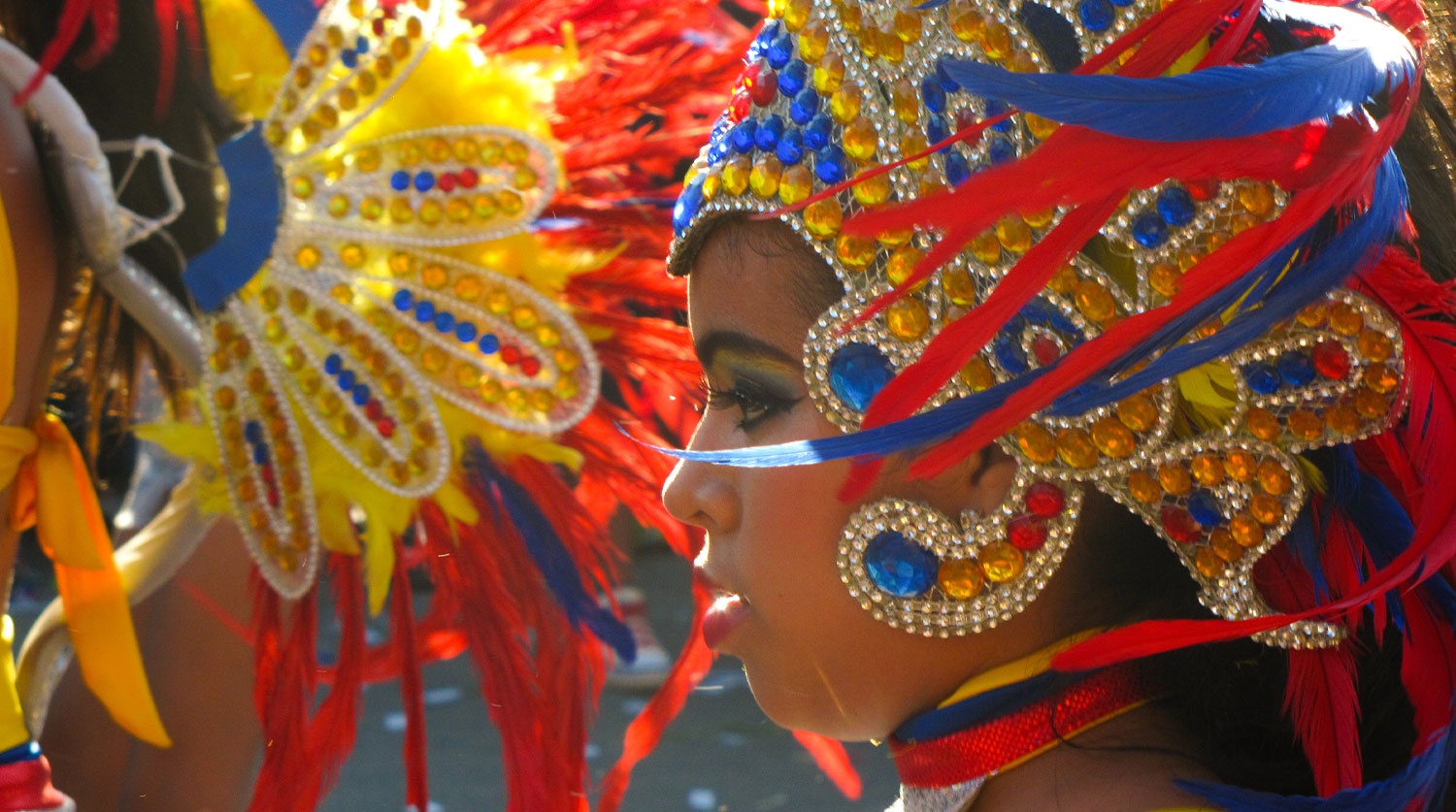
The vibrant culture of the U.S. Virgin Islands shines brightest during Carnival, a colorful celebration filled with music, parades, and local traditions. For newcomers to the islands, the annual Carnival is not just a spectator event—it’s an opportunity to immerse yourself in the culture, make connections, and experience the heartbeat of island life. This guide provides essential tips on how to get involved and make the most of your first Carnival experience in the USVI.
1. Understand the Significance of Carnival
Before diving into the festivities, it’s important to understand the historical and cultural significance of Carnival in the USVI. Rooted in African and European traditions, Carnival is celebrated in St. Thomas, St. Croix, and St. John, with each island hosting its own version at different times of the year. These events mark important milestones in the islands’ history, including the end of slavery and religious observances like Lent.
Participating in Carnival means more than just attending events—it’s about respecting and embracing the local customs that have been passed down for generations.
2. Plan Ahead for Carnival Dates and Locations
Each island in the U.S. Virgin Islands has its own unique Carnival schedule. St. Croix’s Carnival typically takes place during the Christmas and New Year holiday season, while St. Thomas holds its celebration in April and May. St. John hosts its festivities around the 4th of July. For newcomers, choosing the right Carnival to attend can depend on your location and availability, but the experience will be memorable no matter which one you choose.
Check official schedules online and plan your visit early, as hotels and flights tend to book up quickly during these periods. Also, some events, like parade seating or special parties, may require tickets in advance.
3. Join a Carnival Troupe
One of the best ways to get involved is by joining a Carnival troupe. Troupes are groups that participate in parades, dancing and wearing elaborate costumes designed to dazzle the crowd. Many newcomers to the USVI opt to join a troupe as it’s an immersive way to feel part of the celebrations.
To join, research local troupes on social media or ask for recommendations from residents. Some troupes have open registrations and can offer rental costumes, while others might require you to purchase or even help design your outfit. By joining a troupe, you’ll also attend pre-Carnival events, like costume fittings and dance rehearsals, adding to the overall experience.
4. Attend Pre-Carnival Events
Carnival is more than just the main parade or J’ouvert (a street party usually held at dawn). There are several events leading up to the big days that are great for meeting people and experiencing island culture. Music festivals, pageants, food fairs, and calypso competitions offer newcomers a taste of what Carnival is all about.
Check local event listings for details on these pre-Carnival happenings. These smaller gatherings are less crowded than the main events, giving you the opportunity to mingle with locals, try traditional foods, and enjoy live music.
5. Experience the J’ouvert Celebration
One of the most iconic events of Carnival is J’ouvert, a lively, early-morning street party filled with music, dancing, and revelry. For many, J’ouvert marks the start of the Carnival festivities and is a must-see for newcomers.
If you’re planning to attend, be prepared for an all-night celebration. Dress comfortably and be ready for dancing in the streets. Many participants cover themselves in mud, paint, or powder, so it’s best to wear clothing you don’t mind getting dirty. It’s a high-energy, immersive experience that truly embodies the spirit of Carnival.
6. Indulge in Local Cuisine
No Carnival experience is complete without indulging in the local cuisine. The USVI’s food scene during Carnival offers a variety of mouth-watering dishes, including johnnycakes, pate, stewed oxtail, conch fritters, and fried fish. During the food fairs and throughout the Carnival events, vendors set up booths offering both traditional and fusion dishes that showcase the rich culinary heritage of the islands.
Trying the food is an important part of participating in Carnival and will introduce you to flavors that reflect the diverse culture of the U.S. Virgin Islands.
7. Respect Local Customs and Practices
As with any cultural event, it’s crucial to show respect for local customs and traditions. Carnival is a cherished celebration in the USVI, and locals take pride in its significance. Be mindful of dress codes, rules, and traditions, especially when it comes to religious or historical aspects of the celebration.
When attending events, follow the guidance of local organizers and participants, whether it’s during J’ouvert or the grand parades. Engaging with respect will ensure you are welcomed by the community and have a more authentic experience.
8. Get Involved as a Volunteer
If you’re looking for a deeper way to participate, consider volunteering. Carnival events require lots of support, from helping with logistics to setting up stages and managing events. Volunteering is a fantastic way to meet people, contribute to the festivities, and gain a behind-the-scenes look at how these large-scale celebrations come together.
Reach out to local organizations or Carnival committees to find out about volunteer opportunities that match your skills and interests.
Carnival in the U.S. Virgin Islands is a cultural experience like no other, offering newcomers a chance to immerse themselves in the island’s traditions and celebrations. Whether you’re joining a troupe, attending J’ouvert, or sampling local dishes, getting involved in Carnival allows you to connect with the rich heritage of the USVI. With this guide, you’re ready to dive in and make the most of your first Carnival experience, creating memories that will last a lifetime.
Carneval
The Economic Impact of USVI Carnival: A Key Driver of Growth and Tourism
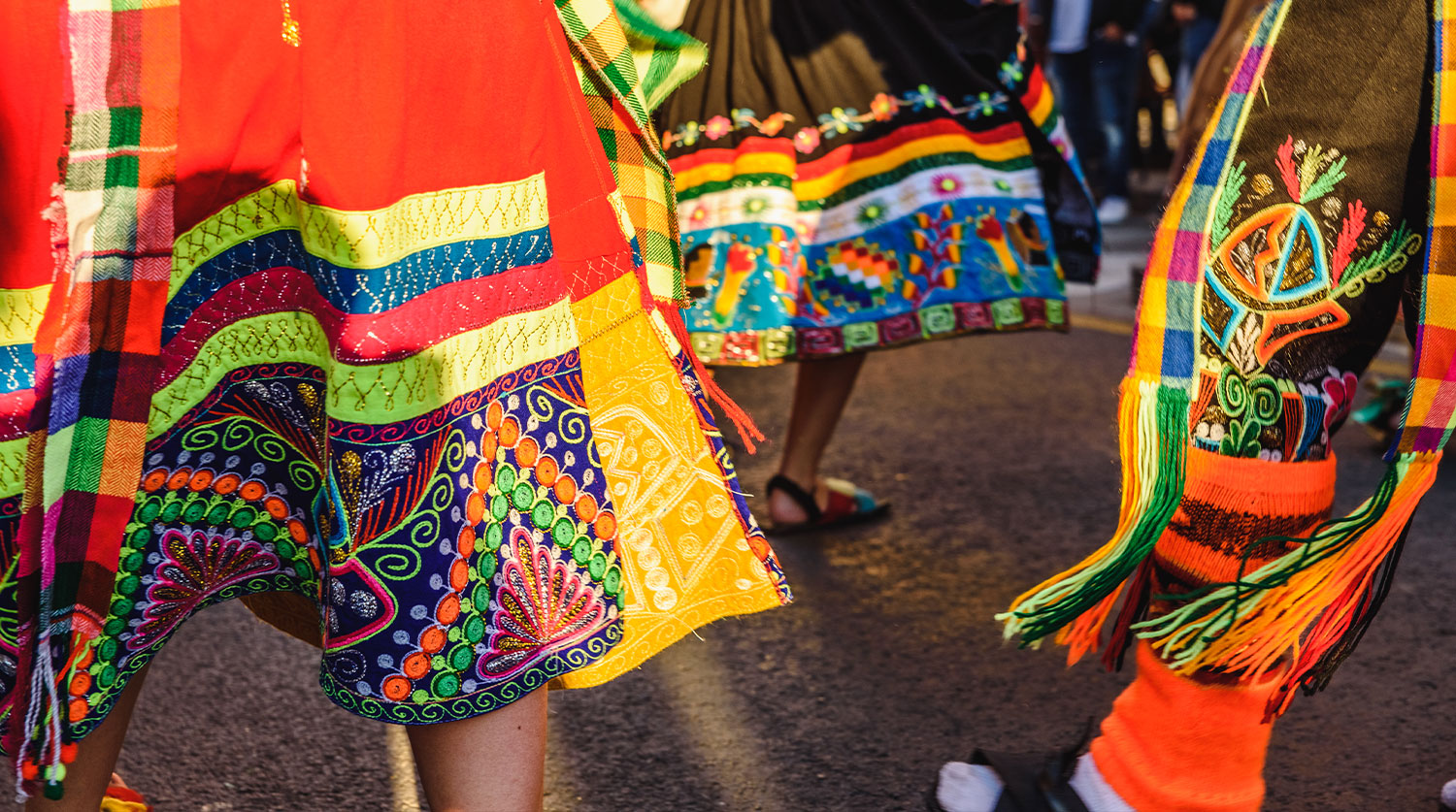
The annual Carnival in the U.S. Virgin Islands is more than just a vibrant cultural celebration. It is a significant economic engine that fuels tourism, supports local businesses, and generates substantial revenue for the islands. With its parades, music, and colorful displays of local traditions, Carnival not only attracts thousands of tourists but also fosters a sense of community and pride among residents.
Boosting Tourism: A Vital Economic Contributor
One of the most notable impacts of the USVI Carnival is its ability to attract international and regional tourists. The islands see a significant increase in visitor arrivals during Carnival season, with tourists coming from nearby Caribbean islands, the U.S. mainland, and beyond. This surge in tourism drives occupancy rates in hotels and short-term rentals to near full capacity, which in turn increases revenue for the hospitality industry.
Carnival festivities often lead to an extended stay for many visitors, resulting in higher spending on accommodations, dining, transportation, and entertainment. Cruise ships also adjust their schedules to coincide with Carnival events, leading to an increase in day visitors who contribute to the local economy. The economic boost from Carnival is especially valuable as it takes place during a key period in the tourism season, allowing businesses to capitalize on the influx of travelers.
Local Businesses and Vendors Reap the Rewards
Local businesses play a crucial role during Carnival, with vendors and small enterprises taking advantage of the opportunity to showcase their goods and services. From food stalls serving local delicacies to craft vendors selling handmade jewelry and souvenirs, Carnival provides a platform for entrepreneurs to reach a larger customer base.
In addition to small vendors, restaurants, shops, and tour operators experience a surge in business. The increased foot traffic from both locals and tourists ensures that businesses of all sizes see a substantial uptick in revenue. Many local companies rely on the Carnival season to generate a significant portion of their annual income, making it a critical time for the local economy.
Job Creation and Employment Opportunities
Carnival in the USVI also contributes to job creation, particularly in the service and tourism sectors. The demand for labor during Carnival events increases, providing temporary employment opportunities for many residents. Jobs in hospitality, transportation, event coordination, and security are in higher demand, and many businesses hire additional staff to accommodate the busy period.
This influx of employment opportunities helps to reduce the unemployment rate during the Carnival season, providing financial benefits to individuals and families across the islands. The economic impact of Carnival is felt not only by business owners but also by the employees who gain additional work and income during this time.
Government Revenue and Infrastructure Investments
The economic benefits of Carnival extend to the local government as well. Tax revenue from hotel stays, dining, retail sales, and event fees contribute to the government’s budget. This revenue can be reinvested into infrastructure projects, public services, and further development of the tourism industry.
The government also plays a role in organizing and promoting the Carnival, ensuring that the events are safe, well-coordinated, and attractive to visitors. Investments in security, transportation, and public amenities help to create a positive experience for attendees, which encourages repeat visits and positive word-of-mouth promotion.
Cultural Preservation and Community Pride
While the economic impact of Carnival is significant, its cultural importance cannot be overlooked. The event serves as a celebration of the rich history and traditions of the U.S. Virgin Islands, promoting local music, dance, and art. This cultural aspect helps to distinguish the USVI Carnival from other Caribbean festivals, making it a unique draw for tourists who seek authentic experiences.
The sense of community and pride that Carnival fosters among residents also translates into long-term economic benefits. When locals actively participate in and support these events, it strengthens the social fabric of the islands and encourages greater local investment. This pride in local culture helps to sustain tourism by creating an environment that is welcoming, vibrant, and full of character.
Long-Term Growth and Sustainability
The economic impact of Carnival is not limited to the immediate influx of visitors and spending. The event also contributes to the long-term growth of the U.S. Virgin Islands’ economy by enhancing the islands’ reputation as a premier tourist destination. Each successful Carnival season reinforces the USVI’s brand as a place where culture, celebration, and business thrive together.
In order to sustain and grow the economic benefits of Carnival, it is essential to invest in marketing, infrastructure, and the development of new experiences for visitors. By continuing to innovate and expand the Carnival experience, the U.S. Virgin Islands can ensure that it remains a key driver of economic growth for years to come.
The USVI Carnival is much more than a cultural event—it is a vital economic engine for the islands. From boosting tourism and creating jobs to supporting local businesses and generating government revenue, Carnival plays a central role in the economic development of the U.S. Virgin Islands. Its long-lasting impact on the economy, combined with its role in preserving the islands’ rich cultural heritage, makes Carnival an essential pillar of the USVI’s future growth and prosperity.
Carneval
Annual Entertainment Events in USVI
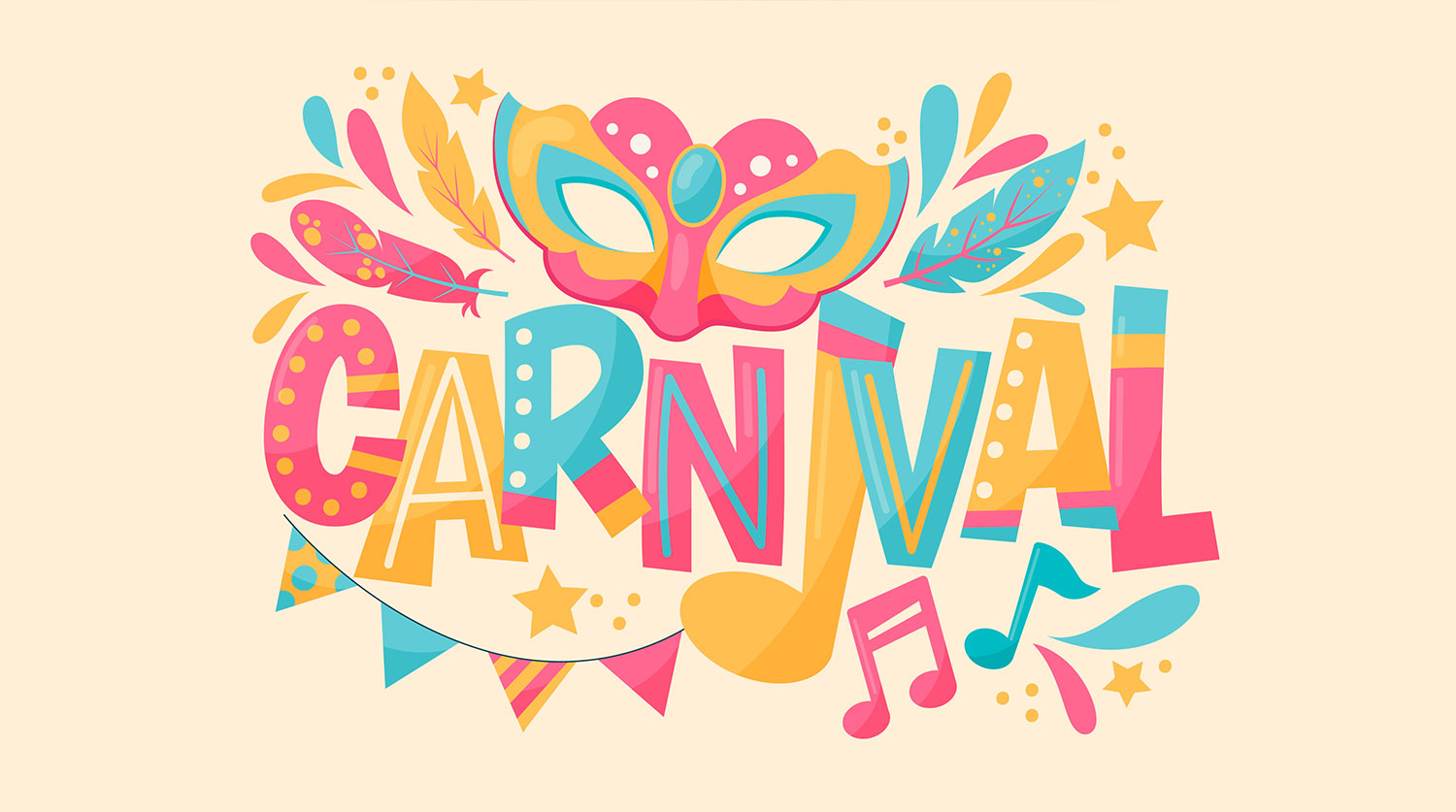
The Caribbean islands of St. Thomas, St. Croix, and St. John come alive each year with a variety of exciting entertainment events that showcase the vibrant culture and traditions of the U.S. Virgin Islands. From lively festivals to music celebrations, these events attract visitors from around the world, offering a perfect blend of entertainment, history, and local flavor. Here’s a look at some of the most popular annual entertainment events in the Virgin Islands.
1. Carnival on St. Thomas
One of the most anticipated events each year is the Carnival on St. Thomas, held in April. This celebration is a dazzling display of music, dance, and vibrant costumes that reflect the island’s African and Caribbean heritage. With weeks of parades, calypso competitions, food fairs, and cultural events, Carnival is a must-see for anyone visiting the islands. The grand parade and fireworks finale are the highlights, drawing large crowds and providing a thrilling experience for all attendees.
2. Crucian Christmas Festival
St. Croix’s Crucian Christmas Festival, spanning December and early January, is another major event that showcases the island’s unique traditions and lively spirit. The festival includes pageants, parades, food festivals, and concerts featuring local and international artists. The highlight of this festival is the Adult Parade, where participants don colorful, elaborate costumes and dance to the rhythms of traditional music. The vibrant atmosphere and sense of community make this festival a true cultural celebration.
3. St. John Festival
Celebrating its culture and heritage, the St. John Festival takes place every year from June to July, marking Emancipation Day and the Fourth of July. The event is packed with activities, including food fairs, boat races, and music performances. The fireworks display on July 4th is a stunning spectacle that lights up the skies over Cruz Bay, creating an unforgettable experience for both locals and tourists.
4. Agrifest on St. Croix
The annual Agricultural and Food Fair, or Agrifest, held in February, is one of the largest and most popular agricultural events in the Caribbean. Hosted on St. Croix, this event celebrates the island’s rich agricultural heritage with a showcase of local produce, livestock, and crafts. Visitors can enjoy delicious local food, listen to live music, and participate in educational demonstrations. Agrifest provides a family-friendly atmosphere that blends culture, education, and entertainment.
5. VI Carnival on St. Thomas
While Carnival celebrations take place on all three islands, the VI Carnival on St. Thomas, held every April, is the most widely known. This event includes a month-long series of festivities such as food fairs, music events, calypso competitions, and the famous J’ouvert celebration, which kicks off with an early morning street party. Visitors can expect vibrant parades, steel pan music, and an atmosphere full of excitement.
6. Mango Melee
Held each July on St. Croix, Mango Melee is a festival that celebrates the island’s favorite fruit – the mango. The event takes place at the St. George Village Botanical Garden and includes a variety of mango-themed activities such as cooking competitions, mango tasting, and a marketplace featuring local produce and crafts. It’s a fun, family-friendly event that highlights the importance of agriculture and local produce on the islands.
7. St. Thomas International Regatta
Sailing enthusiasts from around the world gather each March for the St. Thomas International Regatta. Known as one of the most competitive and prestigious sailing events in the Caribbean, this regatta attracts top sailors and boats to the waters around St. Thomas. Spectators can enjoy watching the races from the shore or take part in the lively onshore events that accompany the competition, including live music, beach parties, and local food vendors.
The annual entertainment events in the U.S. Virgin Islands are as diverse as they are exciting, offering something for everyone, whether you’re into music, culture, food, or sailing. These celebrations bring the islands to life, providing unique experiences that blend tradition with modern entertainment. For both locals and tourists, attending any of these events is an excellent way to immerse yourself in the rich culture and vibrant community of the Virgin Islands.
By planning your visit around one of these key events, you’ll get a chance to experience the best of what the islands have to offer, making your trip truly unforgettable.
-

 Education1 year ago
Education1 year agoEducation Board Seeks Input on Schools Through Comprehensive Survey
-

 Education2 years ago
Education2 years agoCTE Board Enthusiastic About New Curriculum Standards, Yet Anxious Over Apprenticeship Support
-

 Crime2 years ago
Crime2 years agoRegistered Sex Offender Detained for Illegal Firearm Possession During Annual Surveillance Drive
-
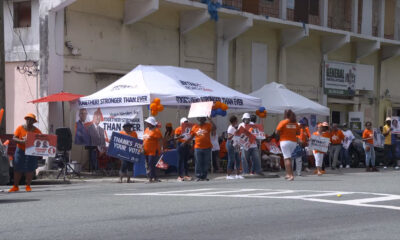
 Videos3 years ago
Videos3 years ago2022 Gubernatorial Election: Voters Speak Out
-

 Development1 year ago
Development1 year agoCosts Surge as Donoe Estates Housing Project Resumes with New Contractor
-
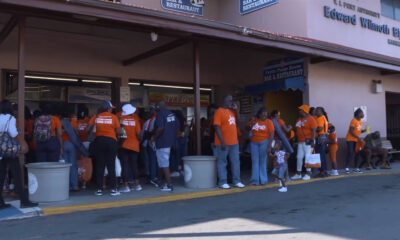
 Videos3 years ago
Videos3 years agoGubernatorial Teams Celebrate St. Croix’s Bull & Bread Day
-

 Videos3 years ago
Videos3 years agoWakanda’s Female Might: A Dive into ‘Black Panther: Wakanda Forever’
-

 Crime2 years ago
Crime2 years agoSt. John’s Westin Resort Scene of Armed Robbery, Prompting Heightened Police Vigilance

